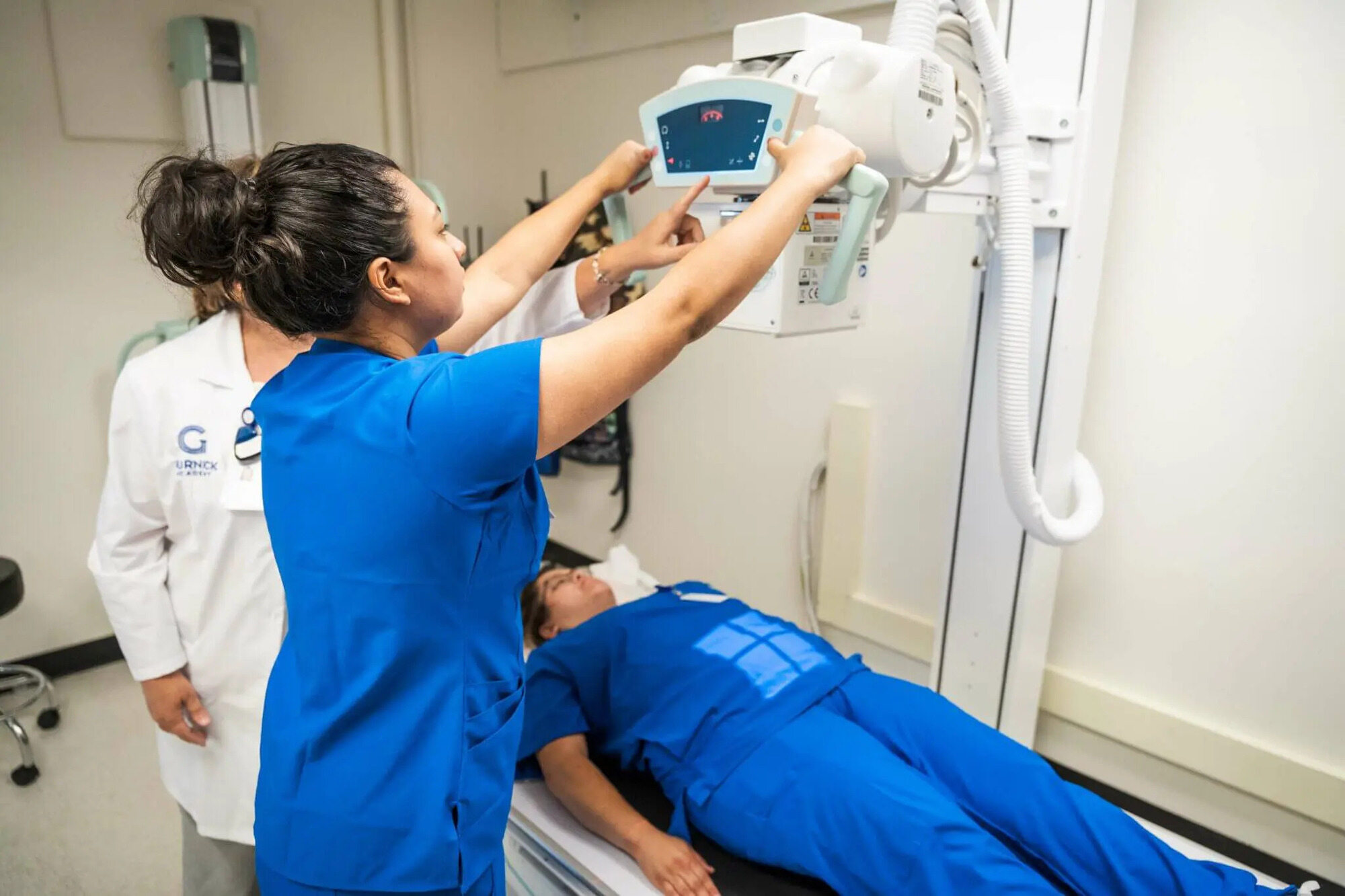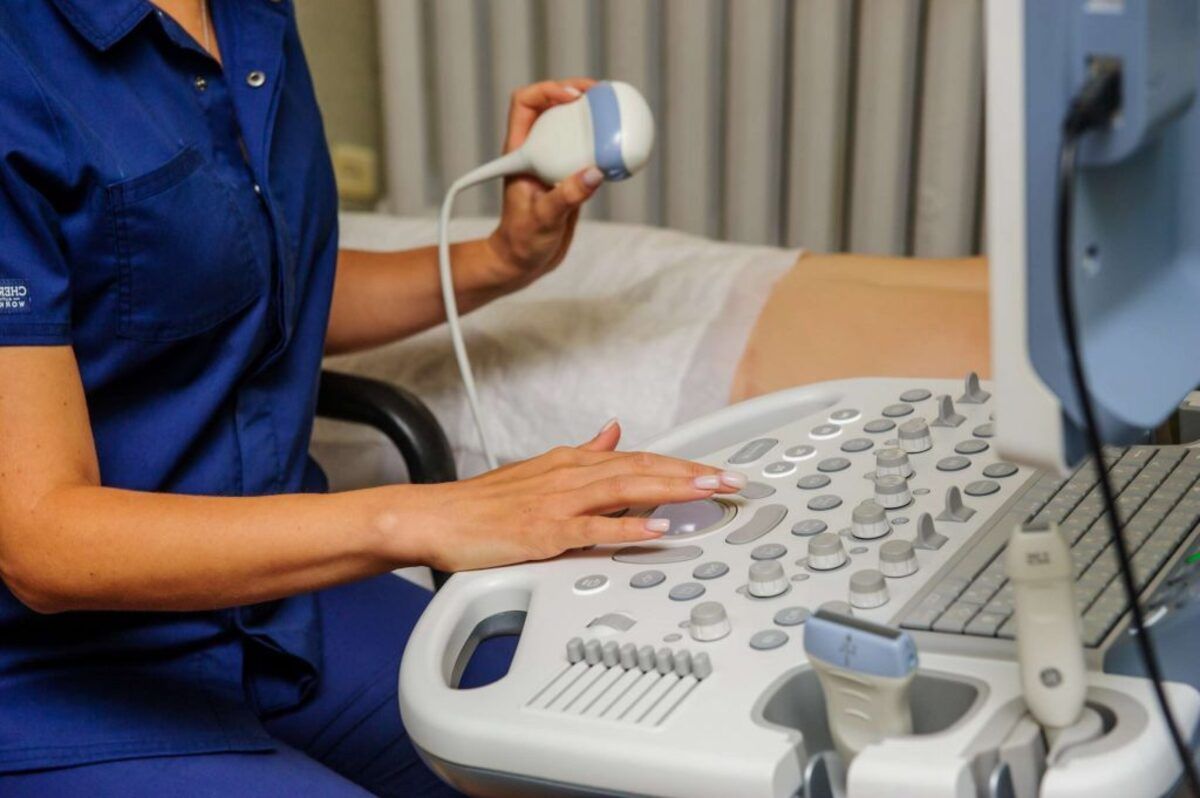
X-ray technology has revolutionized the field of medical diagnostics, enabling doctors to see the internal structures of the human body without invasive procedures. Behind the scenes, X-ray technologists play a vital role in capturing these images and providing crucial information to healthcare professionals. While their job may seem straightforward, there are several surprising facts about X-ray technologists that many people may not be aware of. From the extensive training they undergo to the incredible precision required in their work, X-ray technologists are true unsung heroes in the medical field. In this article, we will explore 19 surprising facts about X-ray technologists that will give you a newfound appreciation for their skills and contributions to patient care.
Key Takeaways:
- X-ray technologists play a vital role in healthcare by capturing images to help diagnose medical conditions, ensuring patient safety, and embracing advancements in technology to provide accurate and efficient imaging services.
- X-ray technology, discovered by accident, has evolved significantly, and X-ray technologists undergo extensive training, possess strong communication skills, and contribute to patient care plans, making them valued members of the healthcare team.
X-ray technology was discovered by accident.
Back in 1895, Wilhelm Conrad Roentgen, a German physicist, made the accidental discovery of X-rays while experimenting with cathode rays. This chance discovery revolutionized the field of medical imaging and led to the development of X-ray technology.
X-ray technologists undergo extensive training.
To become an X-ray technologist, individuals must complete a specialized training program that includes coursework in anatomy, radiation safety, patient positioning, and imaging techniques. The training typically takes two to three years to complete.
X-ray technologists play a crucial role in diagnosing medical conditions.
By producing high-quality diagnostic images, X-ray technologists assist doctors in identifying and diagnosing a wide range of medical conditions, including fractures, tumors, pneumonia, and lung diseases.
X-ray technologists must prioritize patient safety.
Ensuring the safety of patients is paramount for X-ray technologists. They carefully follow radiation safety protocols, use protective gear, and employ techniques to minimize radiation exposure for both patients and themselves.
X-ray technologists work in various healthcare settings.
From hospitals to clinics, urgent care centers to diagnostic imaging centers, X-ray technologists can be found working in a range of healthcare settings. They collaborate with physicians, nurses, and other healthcare professionals to provide accurate and timely imaging services.
X-ray technology has evolved significantly over the years.
Since its discovery, X-ray technology has undergone tremendous advancements. From traditional film-based X-rays to digital imaging, 3D reconstructions, and computed tomography (CT) scans, technology continues to improve the accuracy and efficiency of medical imaging.
X-ray technologists must possess strong communication skills.
Effective communication is crucial in the role of an X-ray technologist. They need to explain procedures to patients, address any concerns or questions, and provide clear instructions for proper positioning during imaging.
X-ray technologists continually update their knowledge and skills.
To keep up with the latest advancements in imaging technology and techniques, X-ray technologists engage in continuing education. This ensures they remain competent and proficient in their field.
X-ray technologists often work flexible schedules.
As healthcare professionals, X-ray technologists may be required to work evenings, weekends, and holidays to provide round-the-clock imaging services and support emergency cases.
X-ray technology is used in various medical specialties.
While often associated with orthopedics, X-ray technology is utilized in several medical specialties, including cardiology, dentistry, gastroenterology, and urology, to name a few.
X-ray technologists ensure patient comfort.
Creating a comfortable and reassuring environment for patients during X-ray procedures is crucial. X-ray technologists use their interpersonal skills to calm anxious patients and make the experience as pleasant as possible.
X-ray technologists are skilled in radiation safety.
Given the potential risks associated with radiation exposure, X-ray technologists undergo rigorous training in radiation safety and protection measures to minimize any potential harm to patients and themselves.
X-ray technologists assist in interventional procedures.
Besides capturing diagnostic images, X-ray technologists often assist physicians during interventional procedures, such as fluoroscopies, angiographies, and image-guided biopsies.
X-ray technologists have a strong eye for detail.
Attention to detail is essential for X-ray technologists, as they need to ensure accurate positioning of patients, correct technique settings, and optimal image quality.
X-ray technology is non-invasive.
Unlike other imaging techniques that may require invasive procedures, X-ray technology is non-invasive, making it a preferred choice for initial diagnostic evaluations.
X-ray technologists contribute to patient care plans.
By providing high-quality images, X-ray technologists assist healthcare providers in developing patient care plans, determining appropriate treatment methods, and monitoring the progress of medical interventions.
X-ray technologists are at the forefront of radiation safety.
Ensuring the safe use of radiation is a top priority for X-ray technologists. They strictly adhere to ALARA principles (As Low As Reasonably Achievable) to minimize radiation exposure and protect both patients and themselves.
X-ray technologists embrace advancements in technology.
With the rapid advancements in medical imaging technology, X-ray technologists continuously adapt to new equipment and software to ensure accurate and efficient image acquisition and interpretation.
X-ray technologists are valued members of the healthcare team.
The crucial role that X-ray technologists play in healthcare cannot be overstated. They contribute to the timely and accurate diagnosis of medical conditions, supporting physicians and other healthcare professionals in providing optimal patient care.
Conclusion
In conclusion, the field of X-ray technology is full of fascinating and unexpected facts. From its rich history to the advanced techniques used today, being an X-ray technologist is a rewarding and dynamic career choice. Whether it’s the ability to see inside the human body, the wide range of medical conditions that can be diagnosed through X-rays, or the important role that X-ray technologists play in patient care, there is no shortage of surprises when it comes to this profession. So, if you’re considering a career in healthcare and have an interest in technology and diagnostics, becoming an X-ray technologist may be the right path for you.
FAQs
Q: What does an X-ray technologist do?
A: X-ray technologists, also known as radiologic technologists, operate specialized equipment to produce images of the inside of the body. They work closely with physicians and other healthcare professionals to perform diagnostic imaging examinations.
Q: What qualifications are required to become an X-ray technologist?
A: To become an X-ray technologist, you typically need to complete an accredited radiologic technology program and obtain certification through the American Registry of Radiologic Technologists (ARRT). Some states may also require licensure.
Q: Are there any risks associated with being an X-ray technologist?
A: While X-ray technologists are trained to minimize radiation exposure for both themselves and patients, there is still a potential risk of radiation exposure. However, safety measures and protective equipment are in place to mitigate these risks.
Q: What are the different types of X-ray procedures?
A: X-ray technology is used for a variety of procedures, including assessing bone fractures, detecting diseases in internal organs, and guiding medical procedures such as inserting catheters or pacemakers.
Q: Is there room for advancement in the field of X-ray technology?
A: Yes, there are opportunities for career advancement in the field of X-ray technology. Technologists can specialize in areas such as mammography, computed tomography (CT), magnetic resonance imaging (MRI), or pursue roles in management or education.
Curious about other fascinating aspects of medical imaging? Dive into the world of radiology and uncover 20 captivating facts about radiologists. Explore the latest advancements in medical imaging technology with our 15 MRI facts. Healthcare technology enthusiasts won't want to miss our 12 facts about Cerner, a leading provider of innovative healthcare solutions.
Was this page helpful?
Our commitment to delivering trustworthy and engaging content is at the heart of what we do. Each fact on our site is contributed by real users like you, bringing a wealth of diverse insights and information. To ensure the highest standards of accuracy and reliability, our dedicated editors meticulously review each submission. This process guarantees that the facts we share are not only fascinating but also credible. Trust in our commitment to quality and authenticity as you explore and learn with us.


